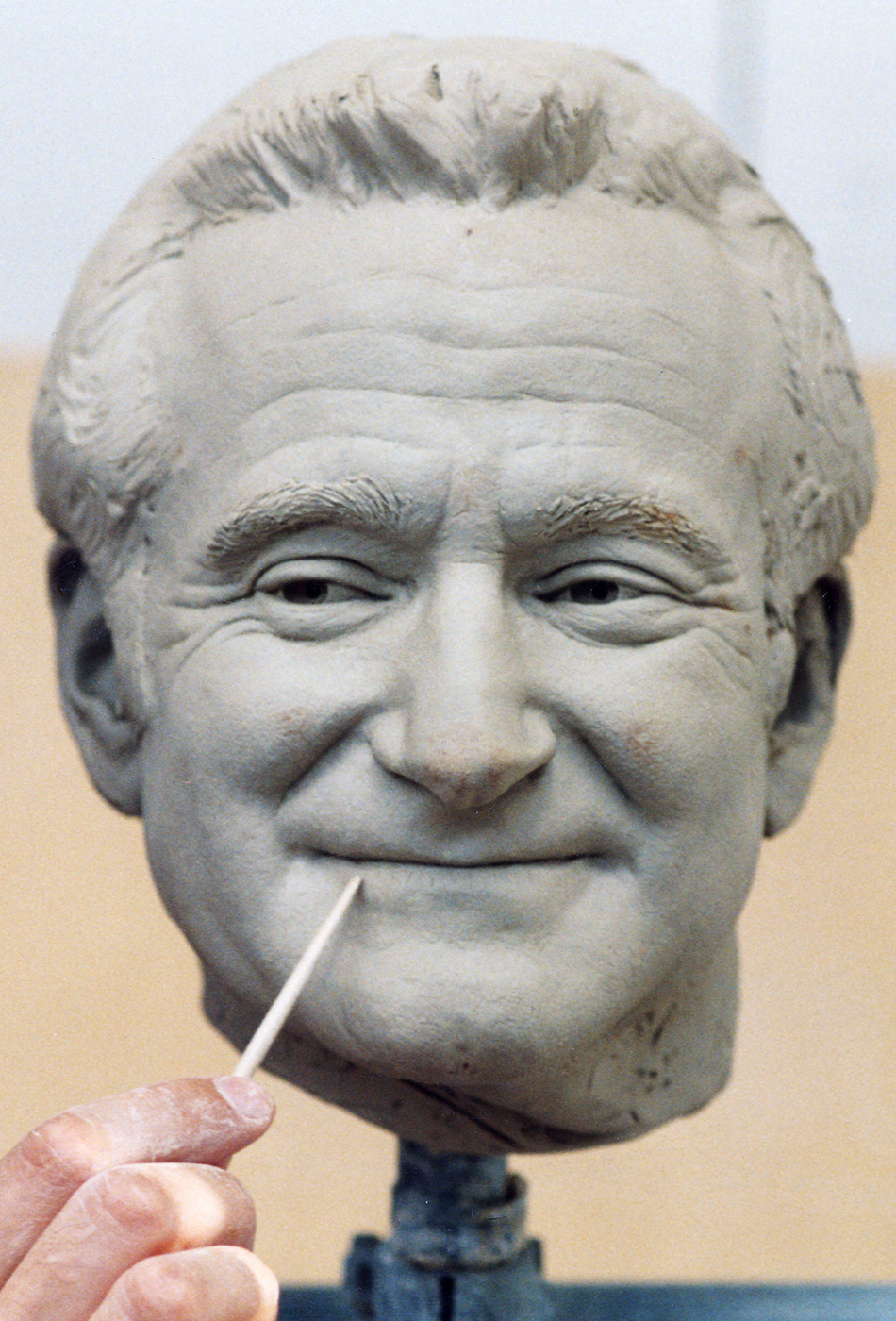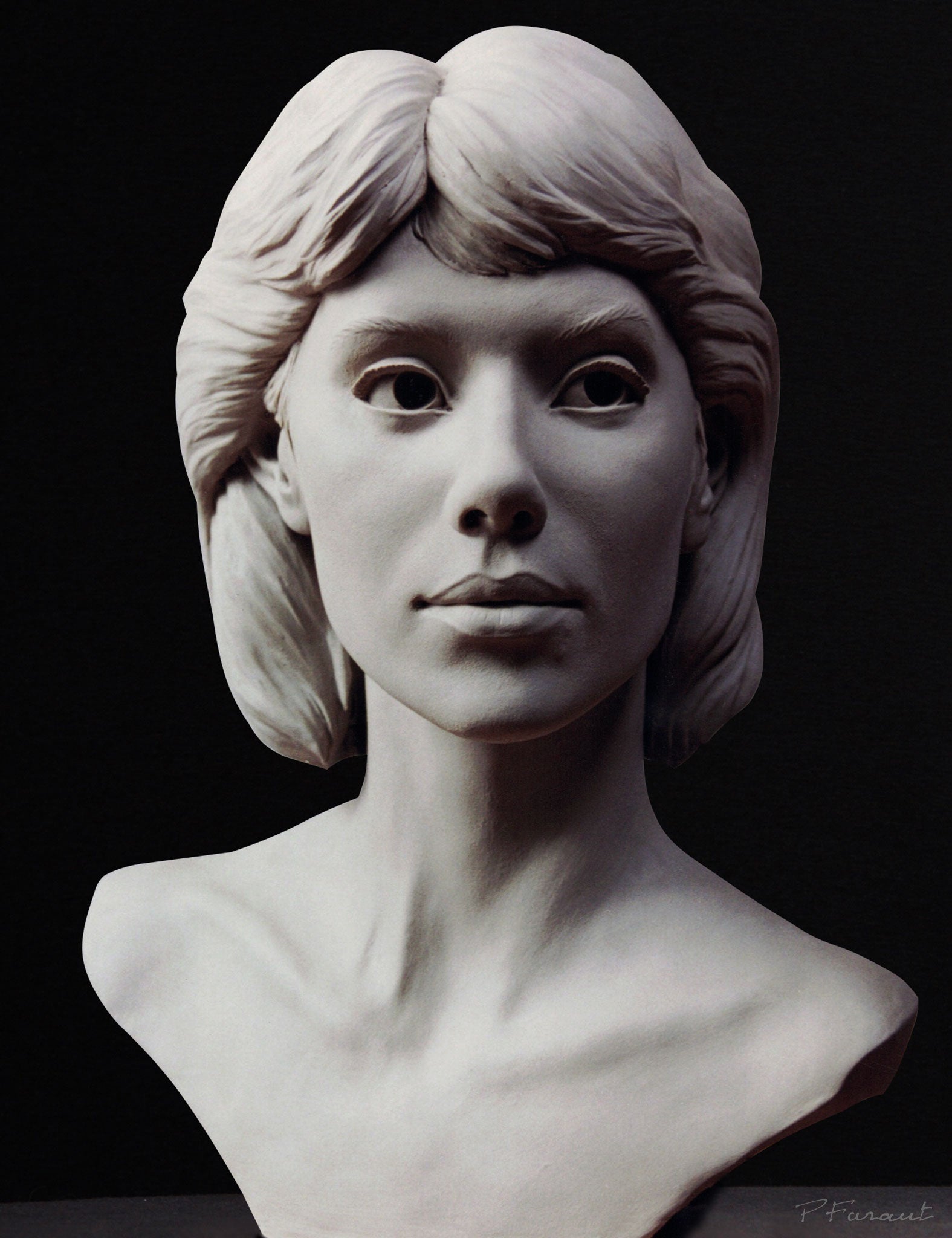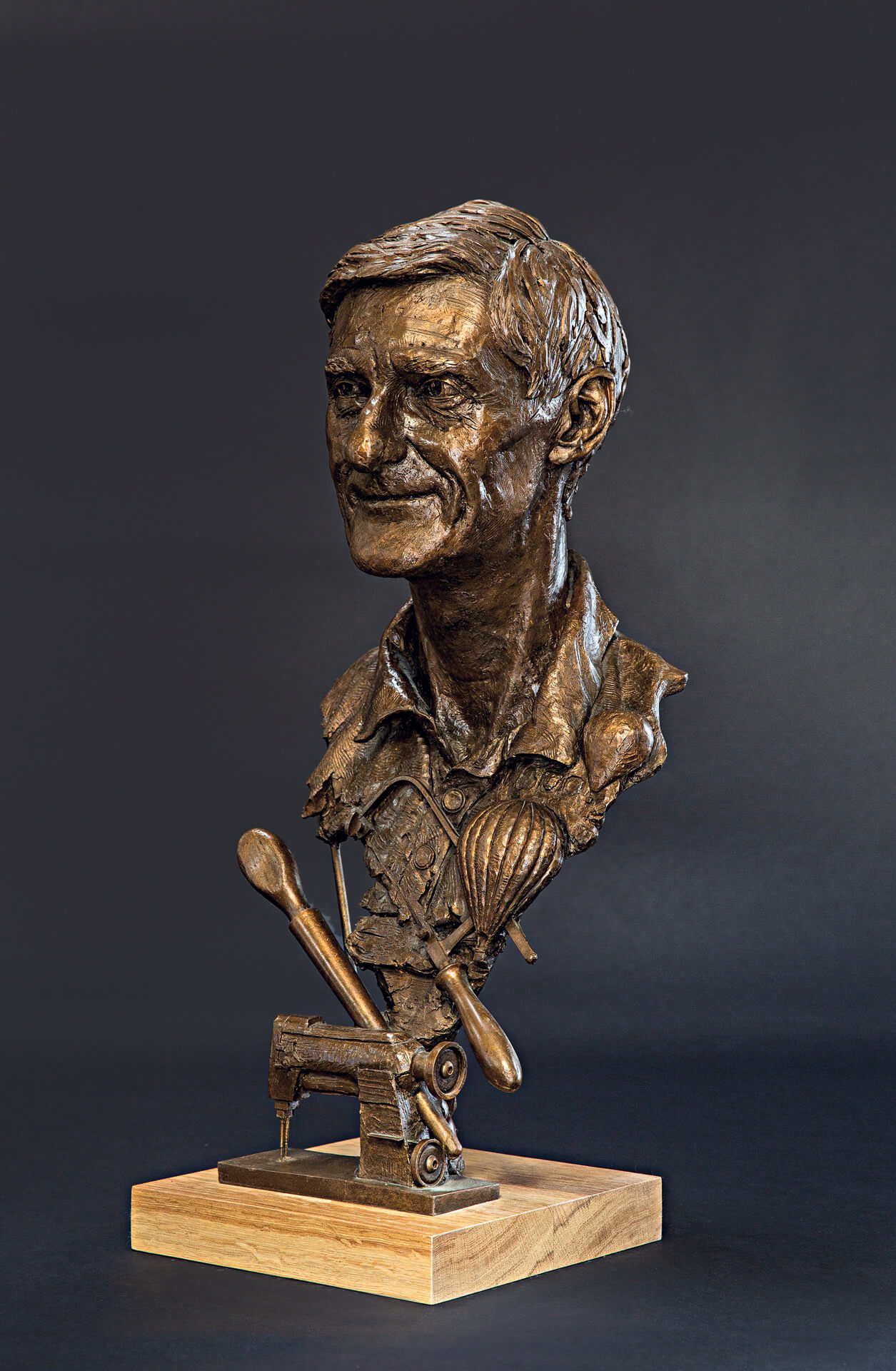The Advancement of Sculptures: From Old to Modern
The Advancement of Sculptures: From Old to Modern. Portrait Sculptor.
Sculpture, among the oldest kinds of art, has been an important part of human people for millennia. From the ancient human beings of Egypt and Greece to the modern period, sculptures have evolved, showing adjustments in artistic techniques, products, and social impacts. This trip with time traces the development of sculptures, checking out the changes in vogue, topic, and creative expression.
Starting with the old world, sculptures crafted from stone and later bronze caught the significance of divine beings, leaders, and everyday life. The Renaissance period experienced a rebirth of classical sculpting techniques, as musicians looked for to emulate the graceful kinds of old Greek and Roman sculptures (Equine Sculptures). In the contemporary era, musicians challenged traditional borders, accepting abstraction and experimentation with brand-new materials
This expedition will look into the diverse advancement of sculptures, exposing the abundant tapestry of artistic expression throughout various periods and societies.

Ancient Sculptures: From Rock to Bronze
Ancient sculptures transitioned from being carved out of stone to being cast in bronze. Stone sculptures, while excellent in their own right, were limited by the nature of the material. Equine Sculptures.
The introduction of bronze as a medium for sculptures caused a change in artistic expression. Bronze used sculptors the opportunity to produce complex and realistic kinds that were not feasible with rock. The process of casting bronze allowed for the development of numerous duplicates of a sculpture, making it possible for wider distribution and preservation of these artistic masterpieces.
The shift from stone to bronze likewise saw a shift in the subject matter of sculptures. While stone sculptures mainly illustrated gods, sirens, and mythical numbers, bronze sculptures started to mirror a broader series of subjects, including daily individuals and pets. This expansion of subject showcased the flexibility and versatility of the bronze medium.
Renaissance Resurgence: Forming in the Classic Design
The Renaissance revival of sculpture observed a resurgence in the classic design, building upon the advancements made throughout the transition from stone to bronze in old sculptures. Throughout this period, artists looked for to recreate the classic aesthetic and ideals of elegance that prevailed in old Greek and Roman sculptures.
One of the vital features of the Renaissance resurgence was the emphasis on naturalism and the human form. Artists like Donatello and Michelangelo aim to capture the physiological information and expressions of their subjects with unprecedented accuracy. They examined the human body and included their monitorings into their sculptures, causing reasonable and lifelike depictions.
An additional vital facet of the Renaissance resurgence was the exploration of viewpoint and deepness. Musicians utilized strategies such as contrapposto, where the weight of the body is moved away, creating a feeling of motion and dynamism. They likewise explore various materials, consisting of marble and bronze, to achieve a level of sophistication and ins and out in their sculptures.

Modernism and the Avant-Garde: Damaging Conventional Borders
During the Innovation and Avant-Garde movements, artists pushed the limits of traditional creative conventions. This duration, which emerged in the late 19th and very early 20th centuries, saw a dramatic shift in the means artists approached sculpture. Denying the notion of art as simple replica, modernist sculptors looked for to discover new types, materials, and ideas.
One of the crucial characteristics of modernist sculpture was the focus on abstraction. Sculptors moved far from reasonable representations and instead concentrated on catching the significance of the subject with streamlined forms and geometric shapes. This separation from conventional representation permitted artists to express their emotions and concepts in an extra personal and subjective fashion.

Contemporary Sculptures: Exploring New Materials and Concepts
With an emphasis on exploring new materials and principles, modern sculptures have transformed the area of art. Artists today are pushing the limits of traditional sculpture by trying out and utilizing cutting-edge products with abstract principles. These sculptures test standard ideas of definition, materiality, and kind, welcoming viewers to participate in a new and thought-provoking creative experience.
Contemporary carvers are accepting a wide variety of products, consisting of plastic, glass, steel, and also raw material. They are not restricted to the standard tool of stone or clay, enabling greater freedom of speech and testing. This change towards unconventional products has opened up brand-new opportunities for artists to create sculptures that are vibrant, interactive, and visually striking.
In enhancement to discovering brand-new products, modern sculptures likewise explore facility and abstract ideas. Artists are currently checking out styles such as identity, social concerns, and the setting, utilizing sculpture as a powerful tool for social commentary and introspection. These sculptures test audiences to think seriously and engage with art on a much deeper level, triggering discussions and provoking psychological responses.
International Influences: Sculptural Traditions From Worldwide
Sculptural customs from various areas of the world have actually dramatically formed the development of sculptures throughout history. The international influences on sculpture have actually been diverse and have actually contributed to the splendor and range of artistic expressions. From the ancient human beings of Egypt, Greece, and Rome to the complex makings of Oriental societies, each region has actually developed its special sculptural practices that have actually affected artists throughout time.
In ancient Egypt, sculptures were developed mainly for funerary and spiritual functions. The iconic sculptures of gods and pharaohs, such as the Great Sphinx and the bust of Queen Nefertiti, display the Egyptians' mastery of stone sculpting and their belief in the immortality.

In old Rome, sculpture offered both imaginative and political purposes. Roman sculptures often illustrated emperors, generals, and mythical numbers, reflecting the power and magnificence of the realm. The marble statue of Augustus of Prima Porta and the significant Arc of Constantine are remarkable examples of Roman sculptural accomplishments.
Oriental sculptural practices, particularly navigate to these guys in India, China, and Japan, have likewise had a profound effect on the advancement of sculptures. Indian sculptures, such as the intricately carved holy places of Khajuraho and the enormous statues of Buddha, exhibit an abundant fusion of religious, mythological, and architectural aspects. Chinese sculptures, defined by their great workmanship and focus to information, frequently portray divine beings, pets, and legendary figures. Japanese sculptures, influenced by Buddhism, emphasize simplicity and tranquility, seen in the peaceful statues of Buddha and the stylish art of bonsai.
The global influences on sculpture remain to advance in the modern era. Artists today attract ideas from various sculptural customs, integrating new materials, methods, and principles to produce provocative and ingenious art work. The combination of various cultural impacts has generated a diverse and vibrant sculptural landscape, reflecting the interconnectedness of our global society. As we seek to the future, it is particular that the worldwide impacts on sculpture will proceed to shape and redefine this old art type.
Final Thought
In verdict, the advancement of sculptures has seen a change from ancient rock and bronze works to the timeless resurgence throughout the Renaissance. Today, contemporary sculptures explore brand-new materials and ideas, while additionally drawing ideas from worldwide sculptural practices.
From the ancient civilizations of Egypt and Greece to the modern-day era, sculptures have actually progressed, reflecting adjustments in artistic methods, products, and cultural influences.Starting with the old world, sculptures crafted from rock and later on bronze captured the significance of divine beings, rulers, and daily life.Old sculptures transitioned from being carved out of stone to being cast in bronze. While rock sculptures mostly portrayed gods, goddesses, and mythological numbers, bronze sculptures began to mirror a wider range of topics, consisting of daily people and animals.In conclusion, the evolution of sculptures has seen a shift from ancient stone and bronze works to the classic resurgence throughout the Renaissance.